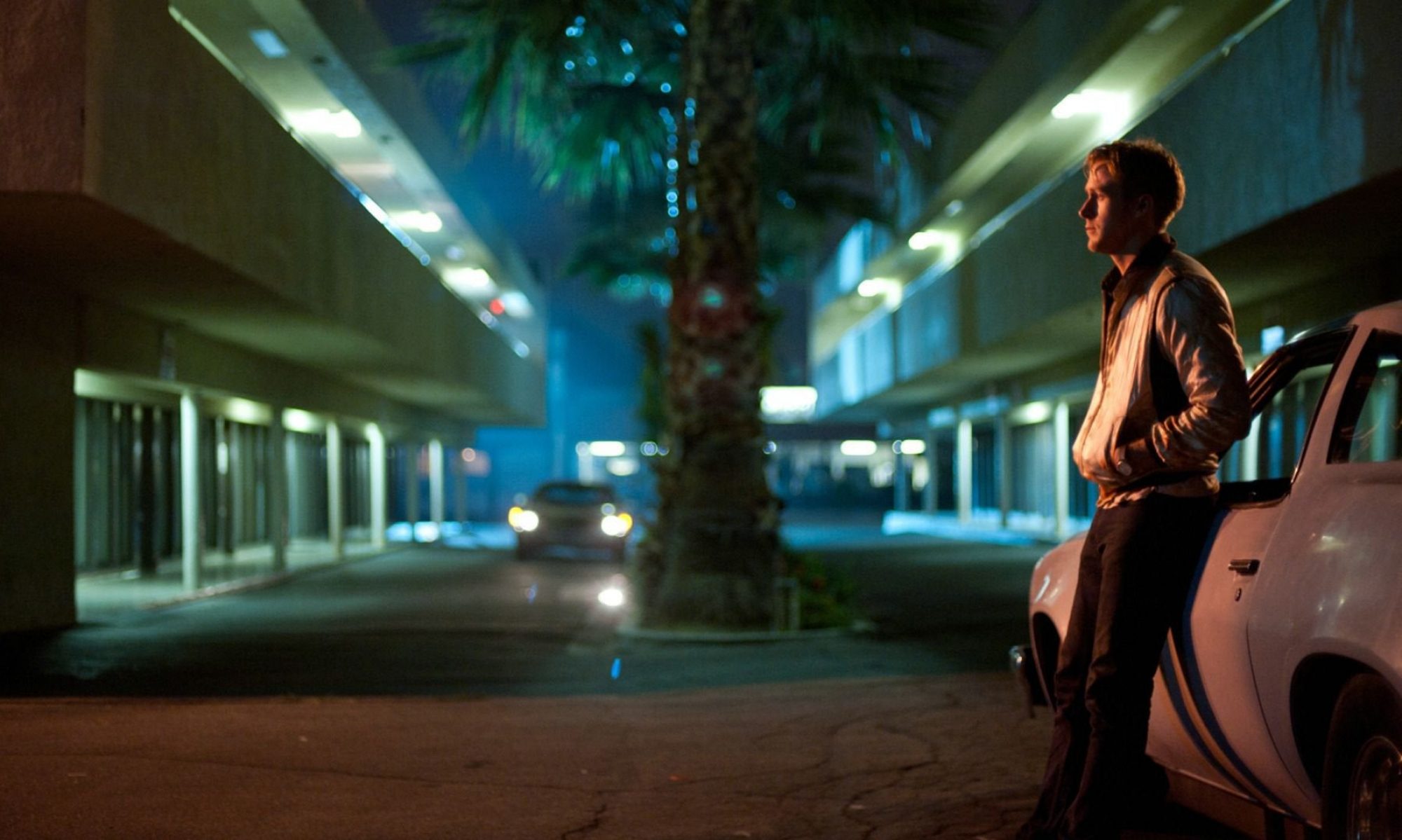At this point in George Miller’s eclectic career, the idea of a film revolving around a woman swapping tales with an oversized, elemental spirit over cups of tea is pretty standard. The trailer’s proud announcement that the film derives from Miller’s ‘mad genius’ should be a subtle hint. Bear in mind this is the man who, before his most recent, revered Mad Max: Fury Road, directed tales about a talking penguin trying to find his place in his pack through interpretative dance (Happy Feet) and a talking pig attempting to make its way through the urban landscape, where he finds a bubble gum-blowing monkey, a bunch of gangster dogs, singing mice, a kitten with stomach problems and a fish doing a low-brow Dustin Hoffman impression from Midnight Cowboy(Babe: Pig in the City). These are just a few things I gleaned from the trailer; I can’t claim to have seen this piggy masterpiece yet.
Anyway, 3000 Years of Longing’s plot centres on reclusive storyteller Alithea Binnie (Tilda Swinton), who purchases an antique bottle during a tour that contains an imprisoned djinn (Idris Elba). Once Alithea inadvertently releases him from the container, he asks her to provide him with three wishes so that he can then return to the realm from whence he came. A relatively simple concept provides a wealth of opportunities for visual splendour, and cinematographer John Seale doesn’t let us down. Colours and marvels abound in each individual episode of love, madness and betrayal. As Alithea repeatedly refuses to provide any wishes, noting various stories where doing so has ended badly for the wisher, the djinn entices her with stories of his own, relaying three instances where he has been ensnared before. It’s clear from the off that storytelling is 3000 Years’ raison d’être, and provided you’re willing to go along with this premise, it works pretty well. If you’re looking for the riotous, non-stop action of Fury Road, however, you’ll probably have to traverse a different realm.
Swinton is well cast as the aloof, introverted scholar trying to seek meaning through tales, and Elba is similarly engaging as the omniscient spirit. Together, however, their chemistry is fairly lukewarm; if there were other prominent supporting characters, their relationship could perhaps be engineered and developed more realistically, but as our two central storytellers, they don’t quite convince as a couple. The use of voiceovers and romantic undertones seem to try and evoke a similar atmosphere to The Shape of Water, but ironically, it is the silent relationship between Elisa and her unnamed beloved that evoke more intimacy in Guillermo Del Toro’s film than the spoken dialogue between human and spirit here. It is in the visually illustrious stories, then, that the most intrigue can be found. We hear modernised stories about classical figures and the dangers of desire, told through eccentric visuals and poignant narratives.
Unfortunately, 3000 Years has already bombed during its debut in the US box office, and doesn’t seem to be performing well in the UK either. Having gone to see this film on National Cinema Day, when Cineworld tickets only cost £3 compared to their usual £11, I was hoping to see a fairly packed cinema theatre. Unfortunately, I only spotted around 10 other people present (admittedly, National Cinema Day did seem to be poorly advertised). With reports of Cineworld apparently closing down soon due to poor attendance, it’s a big shame that more people didn’t utilise this day to head down to their local cinema. While Miller’s film doesn’t have the hyperbolic explosions and action of Mad Max, it’s well worth seeing for its unusual structure and characters. You’d better head down to see more films soon, otherwise the gift of storytelling through film may soon no longer be financially possible.
